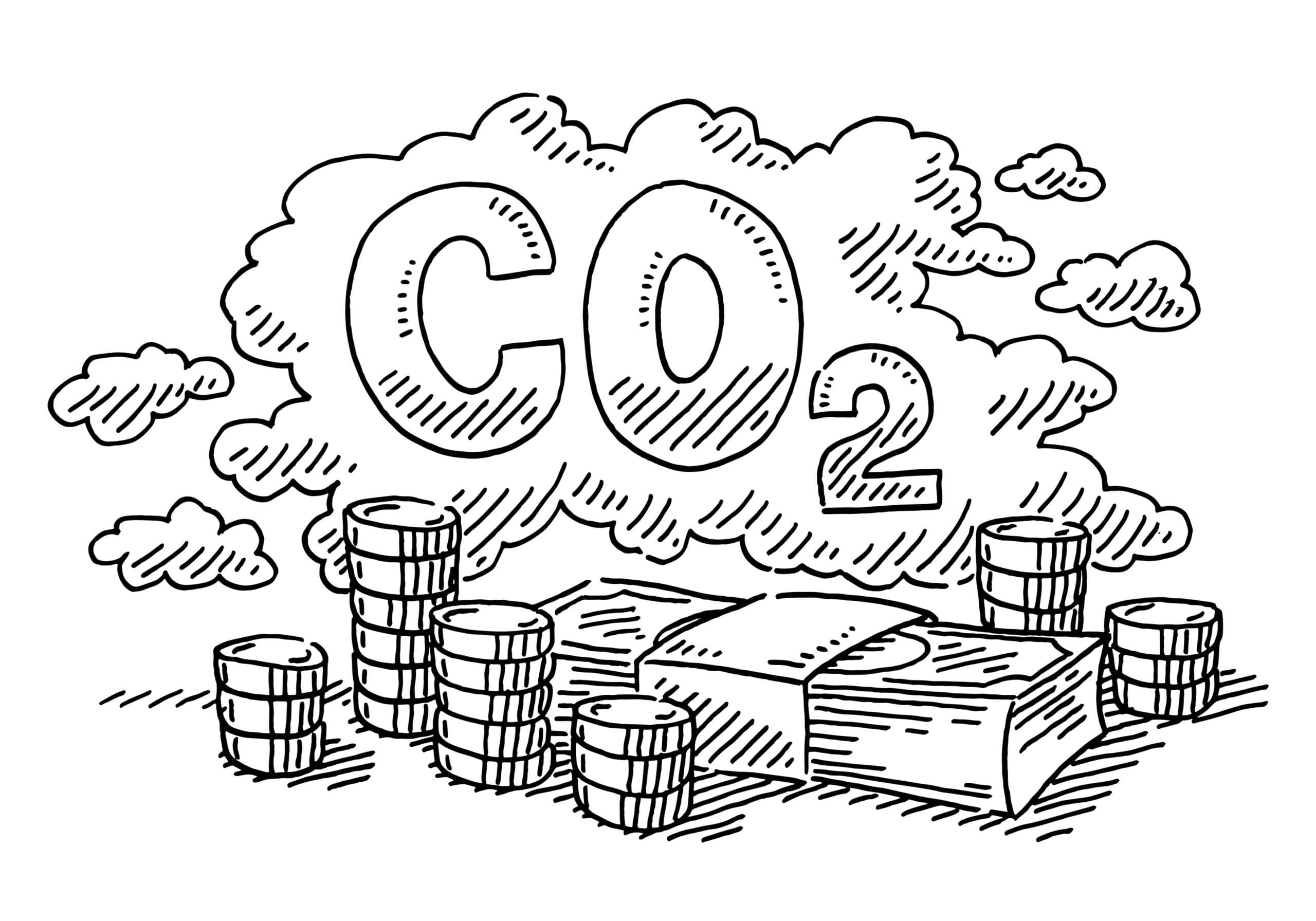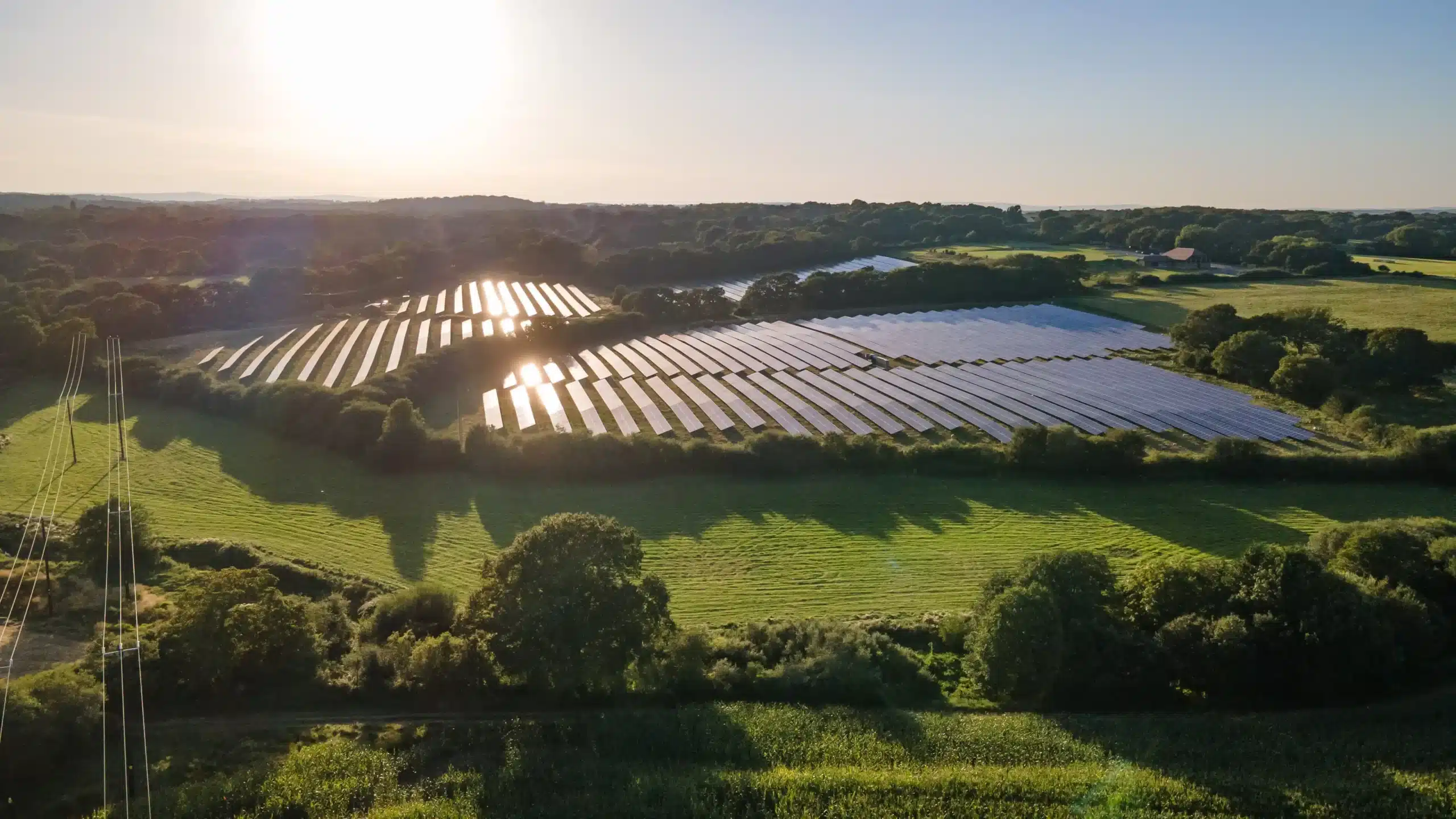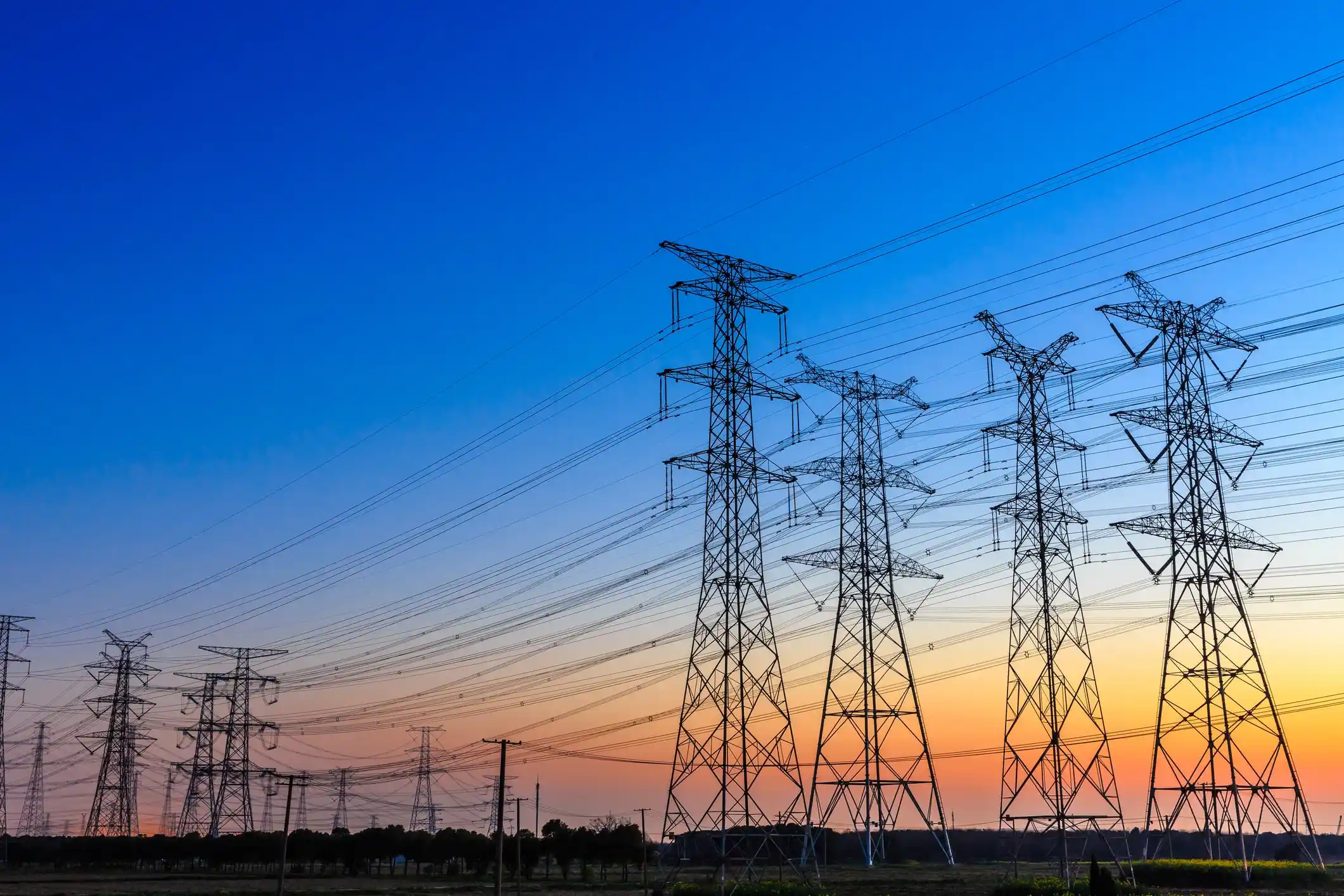POSTED
July 28, 2022
HOW MUCH Climate Change will hurt your finances – Part 1: Housing
Climate change is going to be expensive. Because the cost of climate change is a complex subject, I have broken it into six parts and will post them over a few weeks. If the other parts aren’t available, check back later for the rest! The total costs of climate change globally are hard to estimate, […]

Climate change is going to be expensive.
Because the cost of climate change is a complex subject, I have broken it into six parts and will post them over a few weeks. If the other parts aren’t available, check back later for the rest!
The total costs of climate change globally are hard to estimate, not for lack of attempts to calculate them, but because the numbers are so large that minor adjustments generate a wide range of results.
Some U.S. cost estimates are mind-boggling at more than 2 Trillion Dollars Per year by 2100, like this one from the Whitehouse in April 2022.
For context, your young children will still be alive then, and the current U.S. Federal budget is about $4 Trillion Per year. That means unmitigated climate change could cost an existing generation 50% of the total U.S. budget annually!
Ok, so how does climate change translate into increased costs?
Expenses in the trillions are meaningless for most of us, so let’s think at a scale we can understand; our personal finances.
I will focus on five components of most people’s finances: Housing, Food, Transportation, Insurance, and Healthcare. Then to wrap up the series, I’ll dive into Energy broadly and how renewables and solar technology are critical components of the solution.
Each part will start by posing the problem, how climate change is driving it and what it may cost individual households, followed by a solutions section to provide actionable items at scale and at a household level.
Part 1: Housing – The Big picture Costs
Climate change impacts housing costs in innumerable ways, but there are several standouts: Climate Refugees, Materials and Housing Scarcity, and Weather Costs.
Climate Refugees
As climate change forces people from their homes and toward more climate-resilient communities, housing demand will exacerbate an already acute housing crisis.
Many folks picture climate refugees streaming over international borders, but internally displaced people will make up a significant portion, as this article from the New York Times makes clear; HOW CLIMATE MIGRATION WILL RESHAPE AMERICA. Global estimates for climate refugees are staggering, with some estimates pointing to 1.5 billion people displaced by 2050!
Most of us can relate to cost pressures in our housing. Anyone experiencing climbing rents or living through a competitive seller’s market knows the feeling of scarce housing.
For homeowners, rising prices may feel like a windfall, but housing scarcity is a price homeowners can ill afford to pay in the long run. In addition, competition in a tight rental market with people flowing into their communities will be unwelcome pressure for renters.
Materials and Housing Scarcity
The cost of materials for maintaining buildings and new construction will skyrocket as many of the suppliers for critical materials are impacted by climate change. Supply chains are already struggling to keep up with demand in the new era of de-globalization, or as I heard one commentator say, “slowbalization.”
Most raw materials come from China, and they, as well as the U.S., are tightening international trade relations. This slowbalization means the cost of raw materials like iron, concrete, rubber, and others will rise until new materials production is ramped up or we find new trading partners.
Domestically, most of the lumber used in new construction is threatened by wildfire, overfarming, beetle kill issues, and other unsustainable practices. This article from the Atlantic illustrates the point; Lumber Prices Are off the Rails Again. Blame Climate Change.
Cement is getting harder to come by as pent-up demand from COVID lockdowns ease, and new projects eat up what has been a longstanding short supply. The climate cost of concrete is high, even worse than flying, according to Inside Climate News: Concrete is Worse for the Climate Than Flying. Why Aren’t More People Talking About It?
Demand for housing is rising, and we are losing housing stock as regions become undesirable and, in some cases, unlivable. There is little in the way of new housing because new construction costs are increasing, and zoning restrictions and outdated planning review processes and permitting hold up new projects. The problem is only getting worse in the short term.
Weather
Climate science says that heat waves and cold spells will be more extreme and more frequent.
By now, we have all experienced one of these Climate-Change-Amplified events.
Last year the Northwest reached 121 degrees during a Heat Dome event (linked to climate change), and more than two thousand people have just died in a heat wave in Spain and Portugal. Likewise, a massive 2021 winter storm in Texas lead to enormous infrastructure failures that cost lives and dollars on an immense scale.
Managing the costs of heating and cooling existing infrastructure, adding air conditioning or heat pumps to houses that haven’t historically had them, and other upgrades to roofs, insulation, and windows will cost thousands of extra dollars.
Damage from what used to be anomalous events is now all the more likely. Floods, forest fires, wind, snow, and heat all stand to damage buildings and strain their climate control systems.
The Personal Costs
$100s-$1000s per month per household. The actual costs are unknown, but the increased demand from displaced climate refugees could easily cost $10s- $100s per month by 2050; the costs of materials scarcity and housing shortages could quickly drive rents and home prices up by $100s more per month. In addition, the cost to retrofit houses located in flood-prone areas or different at-risk zones could be $1,000s or $10,000s per household over the next few decades.
The Solutions
Now that you are thoroughly scared for the future of housing and how much it could cost, let’s talk about how we can solve these issues.
Climate Refugees: the solution here will be partly cultural but primarily about supply. Experts agree that we must streamline housing permits and open up already developed areas for higher-density housing.
Additionally, some cities may need to change occupancy limits and lower some standards for housing that may not be necessary for every situation. For example, dormitory housing with shared bathrooms or modified office buildings could be used to house many displaced people but are prevented due to code or zoning issues. These actions will go a long way to alleviate pressure on climate refugees’ cultural adaptation required in communities inundated communities.
The cultural change will be more challenging and require leadership and us individually to speak in inclusive ways about this adaptation—rhetoric matters. We can choose leaders who discuss newcomers in realistic but open ways or who will leverage the misplaced fear of climate migrants to gain power. As always, the choice is ours.
Materials and Housing Scarcity: the solution here is partly the same as above—embracing, or better yet mandating, sustainable construction methods, increasing the supply of materials domestically and with trading partners other than China, updating zoning, density limits and permitting constraints, all will go along way in creating housing supply and reducing pressures on supply chains.
Weather: the weather is outside of our control. There are minor improvements in cloud seeding, and specific large-scale projects can lessen the impacts of big hurricanes (namely off-shore wind, artificial oyster reefs, and mangrove rehabilitation). Still, the weather itself is way outside of our abilities.
This means we have two defenses.
1. Meet the UN Paris Agreement Goals to slow and reverse climate change.
2. Adapting our society to the climate reality which is here and accelerating. This means changes to the collective mindset, lifestyle, what type and how we use technology and an understanding that these changes will be forced on some people (usually the poorest and most marginalized among us) and will be resisted by the powerful.
This means being open to your new neighbors from flooded Florida or fire-stricken California, and generally, being fire-wise, flood ready, storm prepared, heatwave cautious, and investing in resilience and new housing now and not waiting until it is upon you and your community.
The best offense is a great defense!
If you want to read more about how climate change will impact your finances, This article is Part 1 of a 6 Part series being published over the next few weeks. Read the other parts here;
HOW MUCH Climate Change Will Hurt Your Finances – Part 1: Housing
HOW MUCH Climate Change Will Hurt Your Finances – Part 2: Food
HOW MUCH Climate Change Will Hurt Your Finances – Part 3: Transportation
HOW MUCH Climate Change Will Hurt Your Finances – Part 4: Insurance






Pingback: HOW MUCH Climate Change Will Hurt Your Finances - Part 2: Food - Shasta Power
Pingback: HOW MUCH Climate Change Will Hurt Your Finances – Part 3: Transportation - Shasta Power
Pingback: HOW MUCH Climate Change Will Hurt Your Finances – Part 4: Insurance - Shasta Power
https://www.vpnmentor.com/blog/la-wildfires-tips-and-resources/